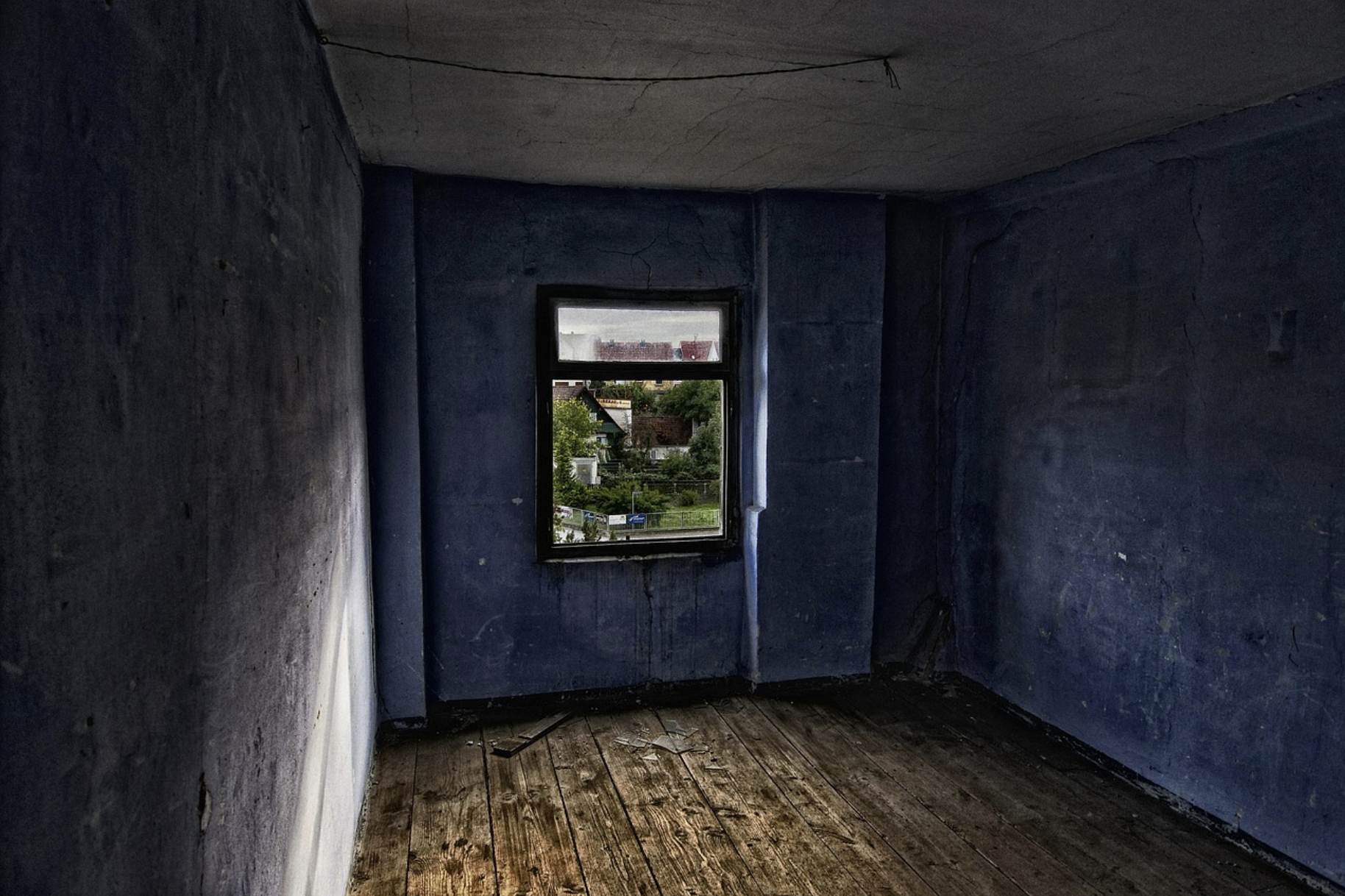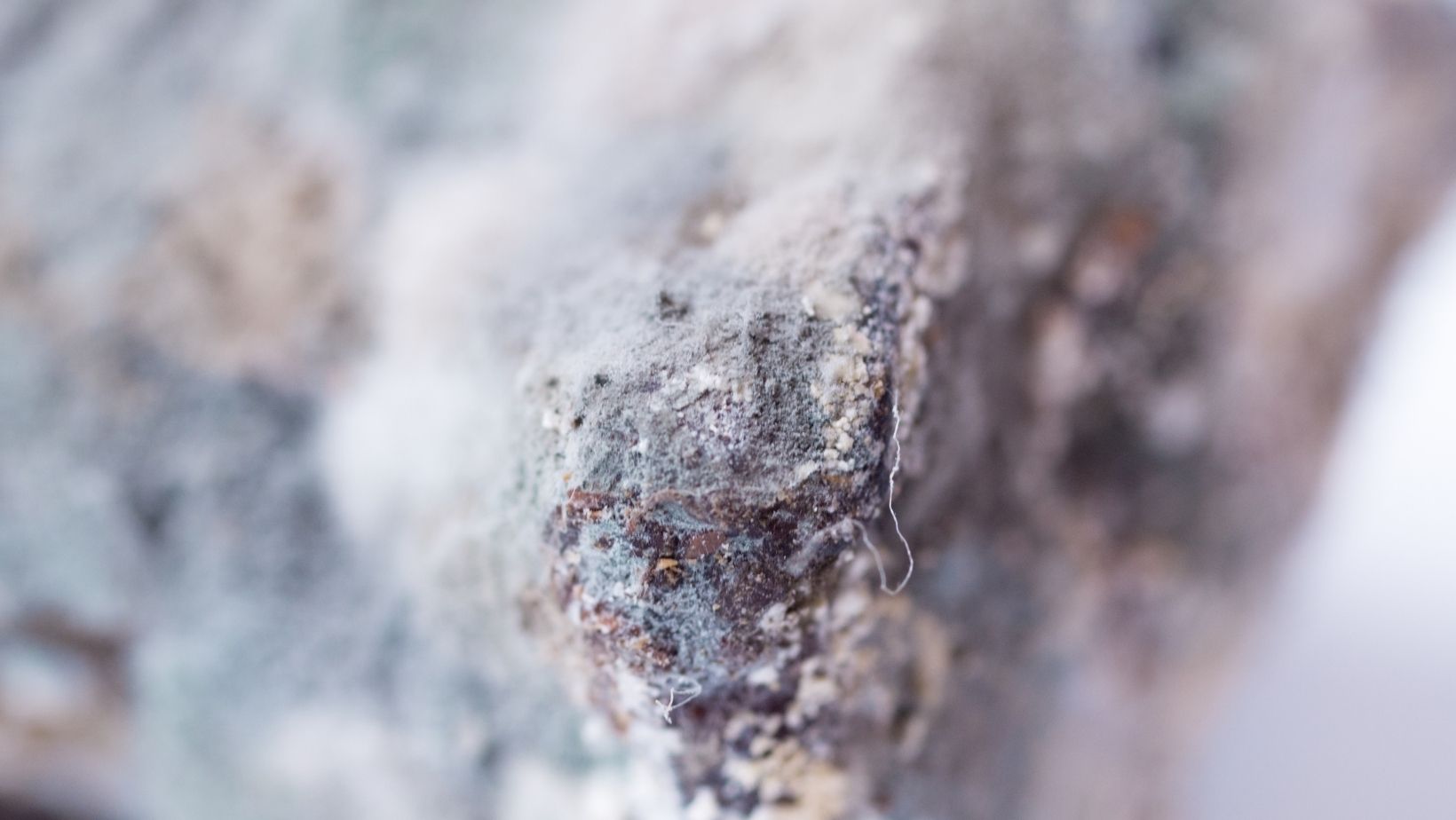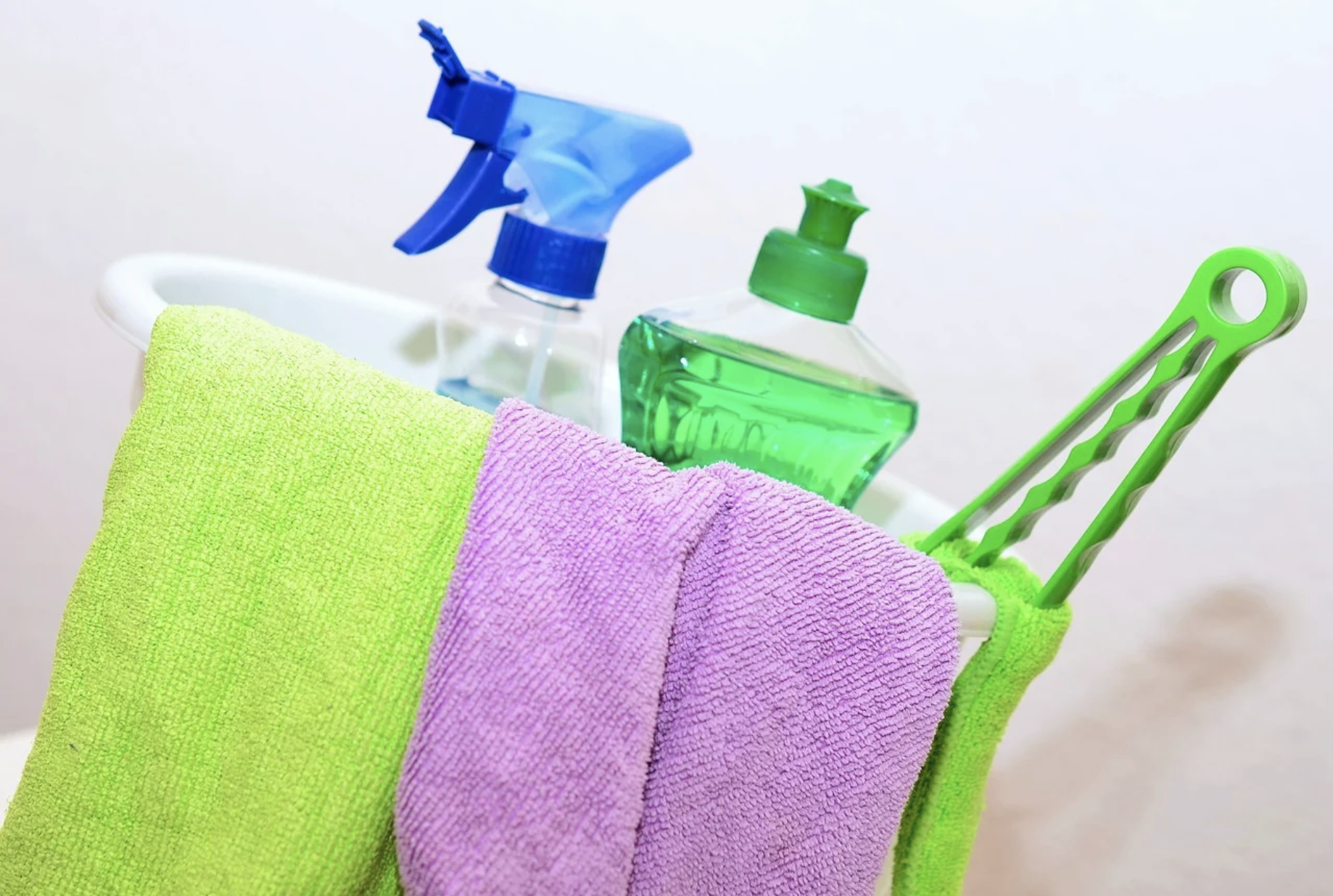
Most Common Mould Removing Mistakes By DIYers & Mould Removal Companies
By 911 Water Damage Experts
It’s true: Many homeowners want to save a quick buck and plan to remove mould themselves instead of hiring a professional mould removal company.
Remember, if there’s been extensive water damage or the expansion covers 10 square feet, the Environmental Protection Agency (EPA) recommends professional mould remediation. However, it’s fair to say there are people out there who have successfully removed little amounts of mould.
Below we highlight the most common mould removing mistakes by both DIYers and mould removal companies.
Unaware of mould that cannot be seen
If you see mould growing during a corner, you’ll think the matter is contained there. However, mould spores spread easily and growth tends to happen in dark places, including inside the walls and behind shower tiles.
Even if you’re thinking of handling the removal process yourself, it’s recommended you consult a mould remediation expert to assist you to find hidden growth. If you fail to remove every infestation, mould could still spread and can negatively impact your health.
Believing bleach is a guaranteed mould killer
While bleach is known to be effective in many situations, it doesn’t kill all kinds of mould. It may even be impractical to use bleach on some surfaces. To make certain you’re getting the work done, use an antimicrobial cleaner rather than bleach.
Painting over mould
Say you ran across “mould-resistant paint” at your local Wal-Mart or hardware store. By no means does this mean that you apply it all over the mould. If you plan to do that, you’ll find yourself with a much bigger mess and worse problems at the end of the day.
Only apply mould-resistant paint to mould-free surfaces once remediation is complete to ban future growth.
Saving items that need to be thrown out
While mould is often at a distance from non-porous surfaces like glass, metal, and porcelain, it invades soft materials like carpet, upholstery, insulation, drywall, and wood.
In short, throw away these things if they’re severely damaged. If you’re uncertain whether a product is often salvaged, seek advice from a mould remediation company.
Spreading mould to other parts of the house
Everything from scrubbing mouldy surfaces to tearing up the carpet to ablation drywall can send mould spores flying.
To prevent contaminating other parts of your home, you want to seal the work area. Mould removal specialists use temporary containment systems to make sure they don’t inadvertently make the matter worse.
Exposing yourself to harmful mould
According to the EPA, mould exposure can cause allergies in sensitive people. Even non-allergic individuals can experience eye, nose, throat, skin, and lung irritation from touching or inhaling mould.
Since the cleanup process stirs up spores, the prospect of experiencing adverse health effects is extremely high. Protect yourself by wearing gloves, hair and shoe covers, safety glasses, and an N95 respirator mask anytime you handle mouldy objects.
Hiring a mould remediation professional may be foolproof thanks to avoiding mould removal mistakes.
What are the common mistakes made by mould removal companies?
People hire mould removal companies to take care of household mould problems because they need to make sure the work is completed correctly and the mould removal process eradicates mould permanently.
Mould remediation may be a difficult task and lots of homeowners don’t have the skills to try to do the work themselves, especially if mould is widespread or growing in hard-to-reach places like inside walls, under floorboards, or inside heating and air conductors.
In addition, the Environmental Protection Agency (EPA) recommends hiring knowledgeable experts if you’ve got mould covering a neighborhood greater than three feet by three feet.
If mould develops after flooding with contaminated water (or water that will be contaminated) or if there’s mould in your HVAC system or if you’ve got mould-related health problems or other health issues that may be exacerbated by exposure to mold.
If you follow the recommendation of the EPA and hire knowledgeable people, you expect the work to be done right. Most mould remediation companies do an excellent job, but sometimes they create mistakes. Here are a couple of the foremost common mistakes and a few recommendations on how you’ll confirm they aren’t made at your expense.
Not hiring a mould removal company
It’s natural to assume a mould remediation professional would hire qualified professionals and lots of do.
However, it’s naive to assume that all do. When choosing a mould removal company, ask if employees are certified by a corporation just like the National Organization of Remediators and Mould Inspectors or the Mould Inspection Consulting and Remediation Organization (MICRO).
Spreading mould during the cleanup process
One of major benefit to hiring a mould remediation company instead of tackling a mould removal job yourself is that certified experts have skills to prevent spreading mould during the cleanup process and will even have all the required equipment to securely remove mould, like vacuums with HEPA filters.
In most cases, they are doing this but on occasion, you’ll find mould remediation companies who hire less-than-skillful employees. To stop the spread of mould during the mould removal process, a company should use big sheets of plastic to rope in areas during which they’re working.
They absolutely must have the proper equipment needed to make negative pressure in work areas to stop mould spores from spreading to other areas of the space.
The negative air machines used should be vented to the surface. They should use vacuums with HEPA filters to wash up any junk created during the mould removal process.
According to the Minnesota Department of Health, they need to clear the outer layer of their work clothing within the work area in order to eradicate the mould spores before it spreads from their clothing to other areas of the house.
Leaving mould behind
One of the worst errors anyone can make when doing mould remediation is leaving some of the mould behind. It’s possible to remove all visible mould but miss hidden mould, which can then begin to grow and spread again. It’s a common mistake to make and it’s vital to ensure your mould remediation company does a intensive job.
Making sure the job is done right
The ideal way to ensure a mould removal job is executed properly is to hire a certified mould removal company.
They’ll be able to remove every mould spore since mould spores are microscopic and can be in the air. A trained mould remediation service will usually use this comparison to judge the results.
Be sure to hire a mould removal company that is certified by an organization like the National Organization of Remediators and Mould Inspectors, the Professional Mould Inspection Institute (PMII) or the Mould Inspection Consulting and Remediation Organization (MICRO).
If you have any questions about mould inspection and mould removal feel free to call us at 1-833WE-DRY-IT anytime 24/7/365 all the time. We’re there when you need us!
Related Posts
[LIST] Mould allergy symptoms: Here’s what you should look out for
Mould inspection guide: how much does it cost and when to get one
Most common and unexpected places where you can find mould growth
Got mould in my attic: what do I do?
The dangers of a leaky roof and what to do when you find a leaky ceiling
What’s causing mould in your home? Here are the top reasons why
How to prevent mould growth after a flood
Hire the right mould removal company by asking these vital questions
15 interesting facts about mould
What causes mould damage and what you can do about it
Top common signs of water damage: here’s what to look for



